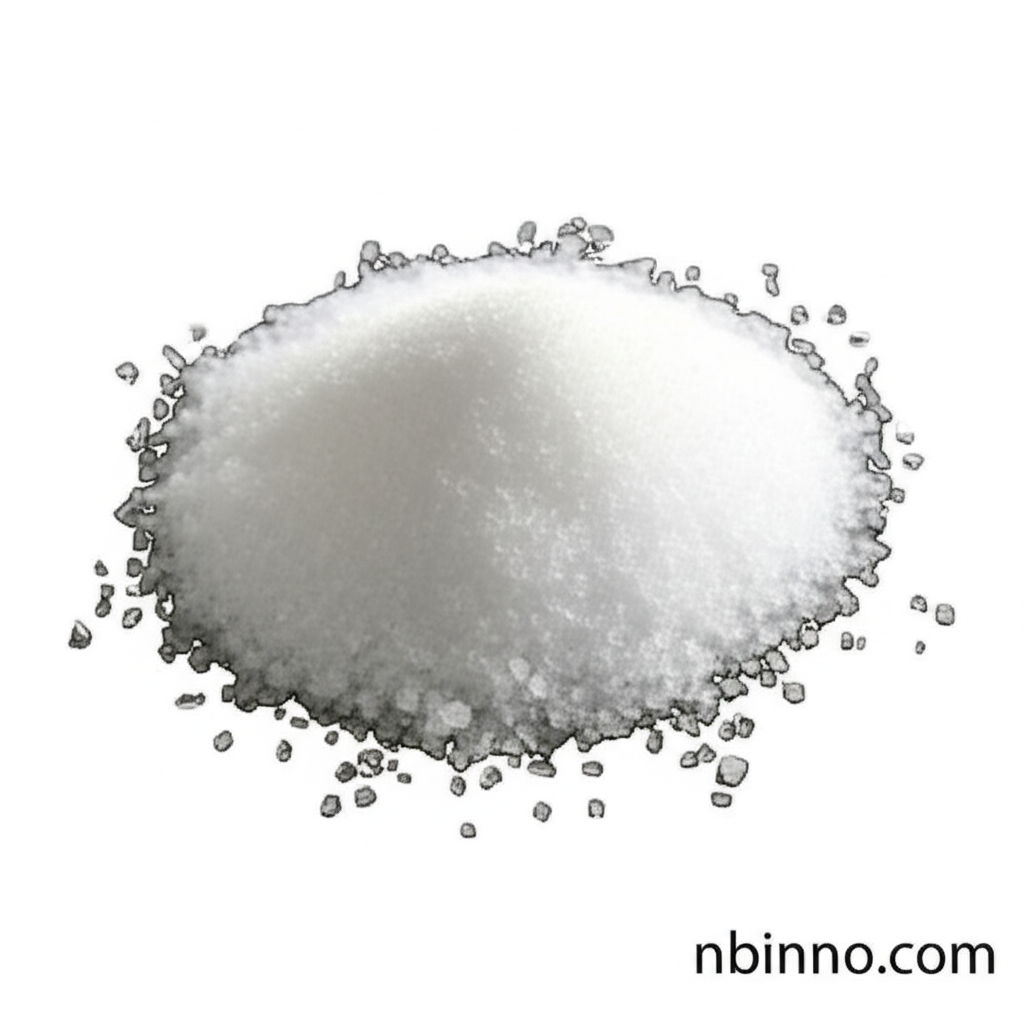4-Chloro-3-nitrobenzenesulfonic Acid: A Key Intermediate in Chemical Synthesis
Explore the essential properties, synthesis pathways, and critical applications of this vital organic compound.
Get a Quote & SampleProduct Core Value

4-Chloro-3-nitrobenzenesulfonic acid
This compound is a vital organic chemical intermediate, primarily recognized for its role in the production of dyes and pigments. Its unique structure, featuring a chlorine atom, a nitro group, and a sulfonic acid moiety on a benzene ring, makes it highly reactive and versatile for further chemical transformations.
- Investigating the 4-chloro-3-nitrobenzenesulfonic acid synthesis reveals efficient methods vital for industrial output.
- The 4-chloro-3-nitrobenzenesulfonic acid properties, such as its white crystalline appearance and solubility, are crucial for its handling and application.
- Understanding the uses of 4-chloro-3-nitrobenzenesulfonic acid highlights its significance in producing vibrant and stable colorants for various industries.
- As a critical component in dye intermediate synthesis, it contributes to the complexity and effectiveness of modern dyeing processes.
Key Advantages
Versatile Chemical Reactivity
The presence of both electron-withdrawing and leaving groups on the aromatic ring allows for diverse chemical reactions, facilitating its use in complex organic synthesis.
Essential for Dye Production
Its role as a key building block in the manufacture of dyes underscores its importance in the textile and printing industries, contributing to the palette of available colors through precise dye intermediate synthesis.
Potential in Pharmaceutical Applications
Beyond dyes, its structure makes it a valuable precursor in pharmaceutical intermediate production, offering pathways to new therapeutic agents.
Key Applications
Dye Intermediates
Serves as a crucial precursor in the synthesis of various dyes, particularly azo dyes, where its structural features are leveraged for color development and fastness properties. This is a core area of its utility in dye intermediate synthesis.
Organic Synthesis
Its reactive functional groups allow it to be used as a building block in a wide array of organic synthesis reactions, enabling the creation of complex molecules for research and industrial applications.
Pharmaceutical Intermediates
The compound's structure positions it as a valuable intermediate for the synthesis of pharmaceutical compounds, contributing to the development of new drugs and therapies through strategic pharmaceutical intermediate production.
Research & Development
Essential for R&D laboratories investigating new chemical pathways and materials, supporting advancements in organic synthesis and related chemical fields.
